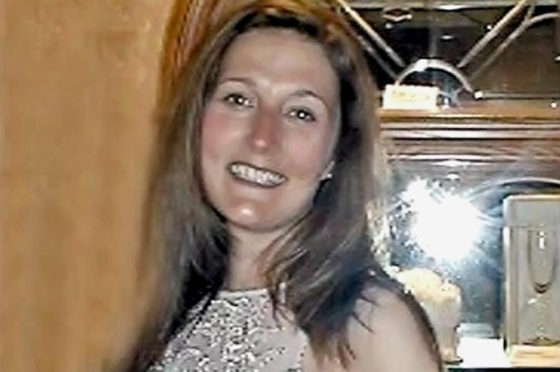
Killers who refuse to reveal where they have dumped their victims’ bodies could have this factored in when the Parole Board considers if they should be freed from jail.
The Scottish Government has said it plans to amend existing Parole Board rules to allow a prisoner’s failure to disclose the location of a victim’s body to be taken into account when deciding if parole should be granted.
Victim Support Scotland welcomed plans to bring in “Suzanne’s Law”, following calls from the family of murdered bookkeeper Suzanne Pilley.
She was killed by her former lover David Gilroy in 2010 but he has never revealed the whereabouts of her body.
In addition to allowing parole boards to consider such factors, the Scottish Government is also planning for victims to be allowed a greater part in the parole process.
Ministers will explore if arrangements can be made to allow victims to attend hearings in person, if they so wish.
Welcoming the proposals, Kate Wallace, the chief executive of Victim Support Scotland, said: “It is important that our parole process is fully transparent in a way that supports the needs of victims.
“We welcome this announcement, which includes the introduction of Suzanne’s Law, which families who have been bereaved by crime have been campaigning for and can have an impact on Parole Board decisions.
“This is an important step in improving the criminal justice system, protecting those affected by crime, as well as reducing reoffending.”
She added: “Victims’ voices need to be heard through all stages of the criminal justice process.
“By improving information-sharing and increasing the involvement of victims in the parole process, we are ensuring that our justice system is focused on the needs of those impacted by crimes across the country.”
A consultation by ministers has already found support for giving victims more involvement.
In addition to this, the Scottish Government will also see if offenders’ families could be allowed to make representations to the Parole Board, on how release might impact on them.
Ministers have also committed to working with the Parole Board to see if more use could be made of electronic monitoring when an offender is released on parole.
Justice Secretary Humza Yousaf said: “The parole process is a vital element of our criminal justice system.
“It supports the safe rehabilitation and reintegration of prisoners – in turn helping to reduce the risk of reoffending and keep our communities safe.”
He added: “Scotland has a fair and robust parole system but I know from listening to victims and their families that they can feel left out of parole cases which have affected their lives.
“There was clear support in this consultation for greater victim involvement in the parole process and for their safety and welfare to be explicitly taken into account.
“These changes, including the increased use of exclusion zones, will help victims and families bereaved by crime to feel included, listened to and better protected. ”
John Watt, chairman of the Parole Board for Scotland, said: “We welcome the Scottish Government’s response to the Transforming Parole in Scotland consultation.
“We look forward to working quickly and constructively with the Scottish Government and other organisations to deliver the actions in the report.”

Enjoy the convenience of having The Sunday Post delivered as a digital ePaper straight to your smartphone, tablet or computer.
Subscribe for only £5.49 a month and enjoy all the benefits of the printed paper as a digital replica.
Subscribe